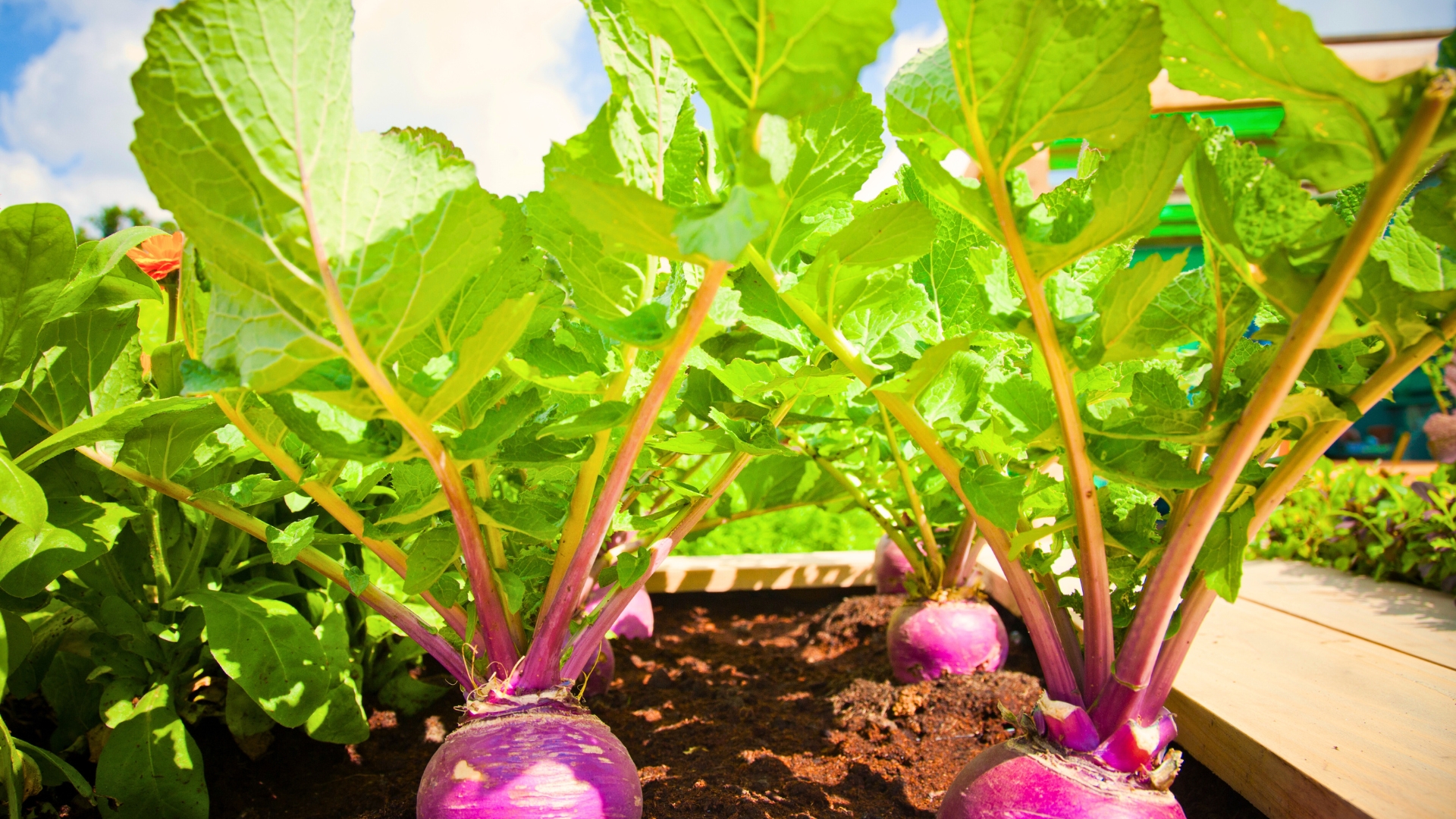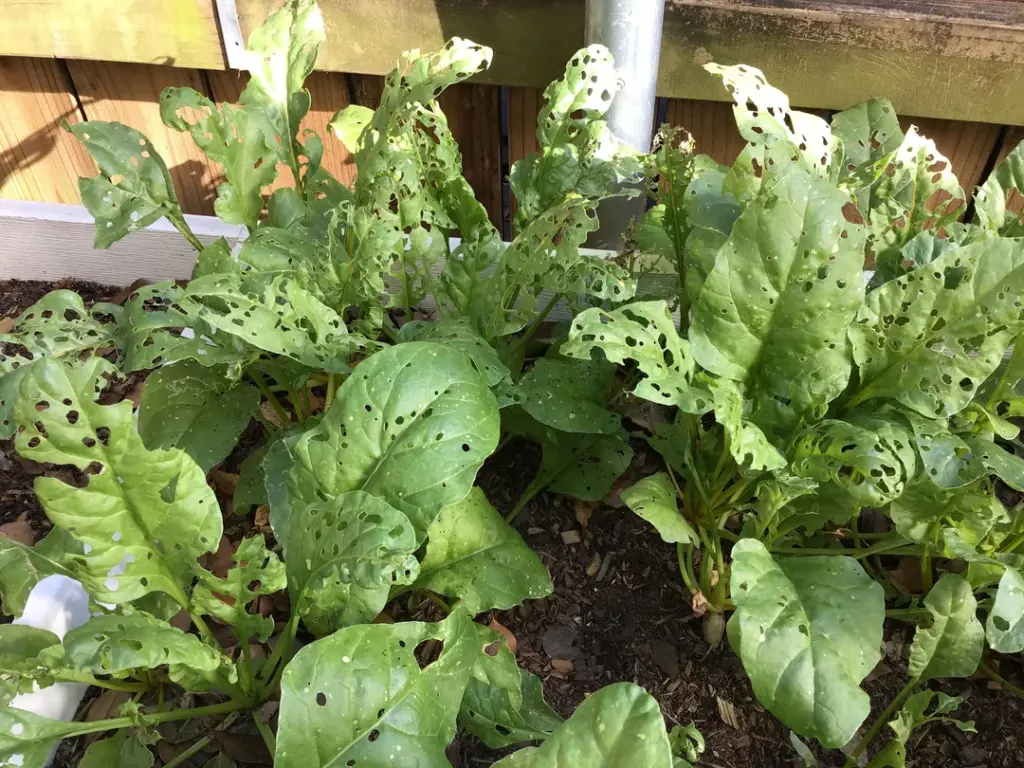11 Tricks You Could Try To Improve Beet Growing
Beets are humble veggies, but giving them a little extra attention can make a big difference. Small changes in soil, watering, and spacing can help them grow stronger and tastier.
Paying attention to timing and care can turn a simple patch into a thriving beet garden. Watching those vibrant roots push up through the soil is surprisingly satisfying.
Trying these 11 tricks could make growing beets feel a lot easier and more rewarding.
1. Perfect Soil Preparation
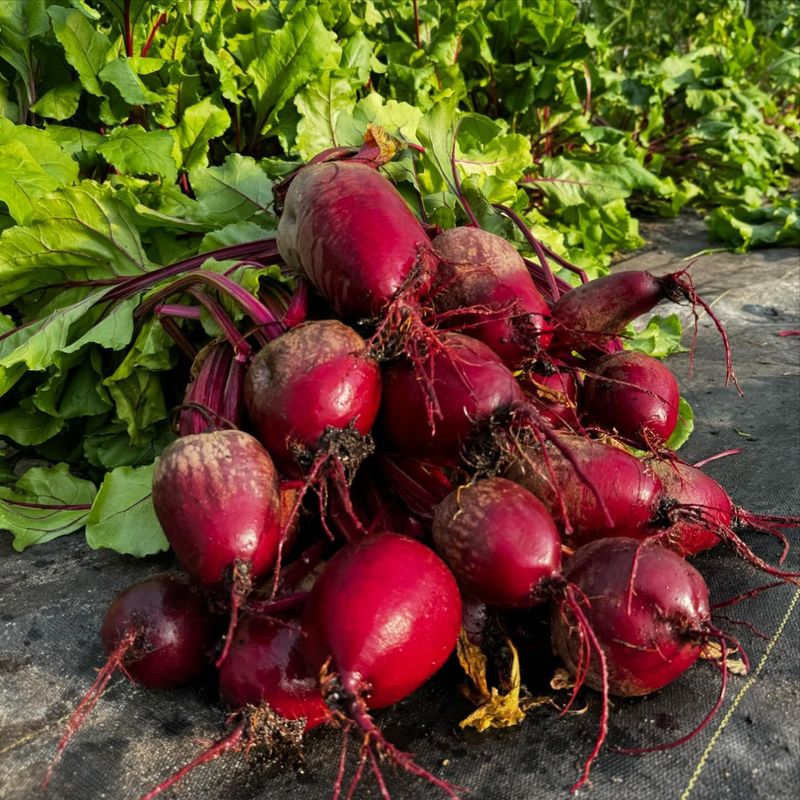
Loose, sandy loam creates the ideal environment for beet roots to expand properly. Remove all rocks and break up clumps before planting to prevent misshapen roots.
Add compost to improve drainage and provide nutrients. Beets prefer slightly acidic soil with a pH between 6.0 and 7.0, so test your soil and adjust accordingly with lime or sulfur as needed.
2. Strategic Seed Soaking
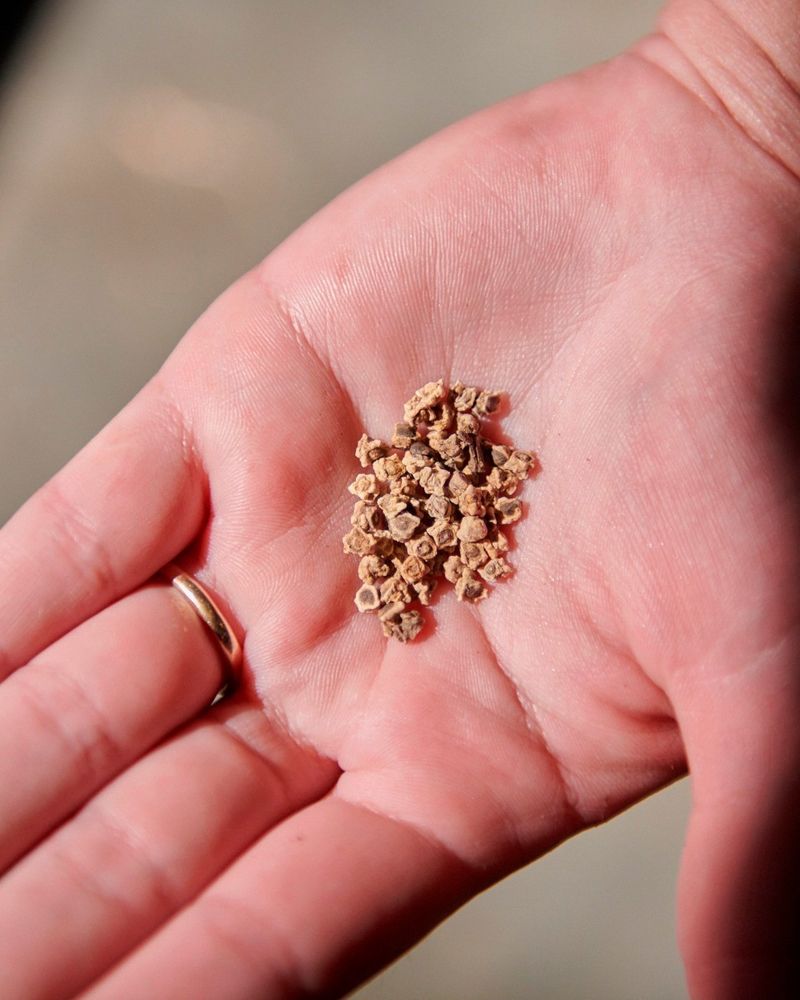
Soak beet seeds in room temperature water for 24 hours before planting. This simple step speeds up germination by softening the hard seed coat and can improve germination rates by up to 50%.
After soaking, drain and plant immediately while seeds are still damp. You’ll see sprouts emerging days earlier than with dry-planted seeds, giving your beets a head start.
3. Proper Spacing Techniques

Plant beet seeds one inch apart in rows spaced 12-18 inches from each other. Once seedlings reach about two inches tall, thin them to stand 3-4 inches apart by snipping extra plants at soil level.
Avoid pulling unwanted seedlings as this can disturb the roots of neighboring plants. The thinned baby greens make a delicious addition to salads, so don’t waste them!
4. Consistent Watering Schedule
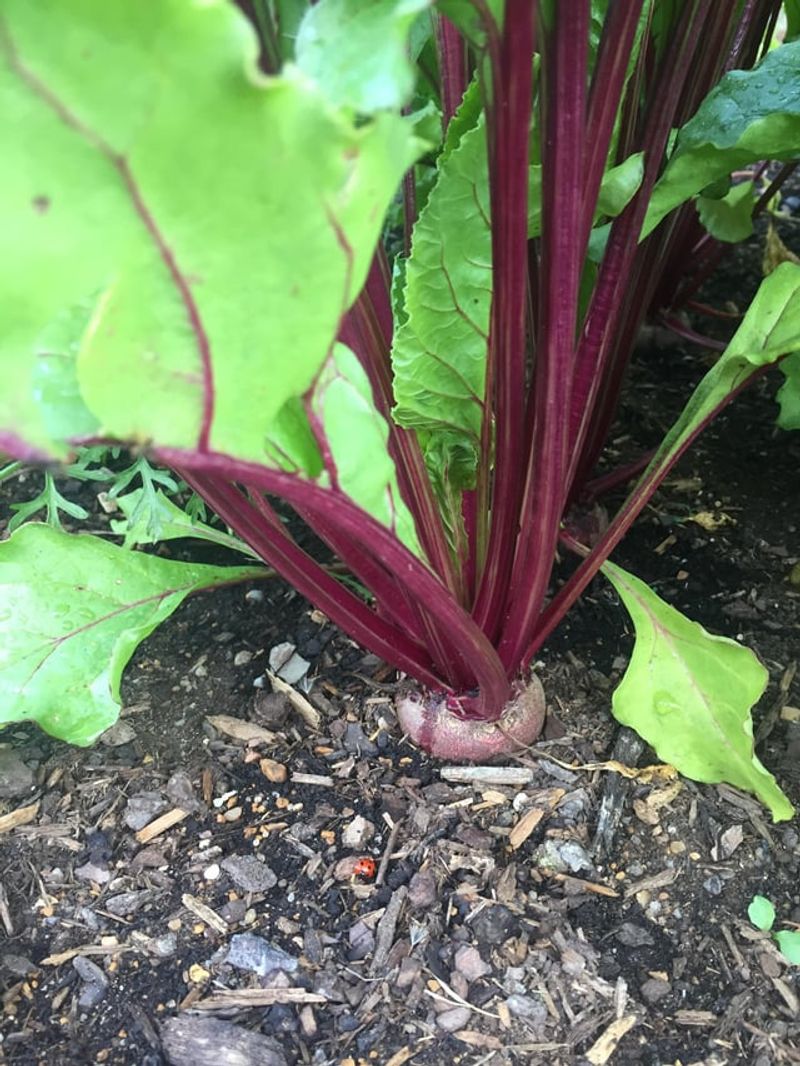
Maintain even soil moisture throughout the growing season. Aim for about one inch of water weekly, either from rainfall or irrigation, to prevent woody, tough beets.
Water deeply but less frequently rather than giving small amounts daily. A layer of organic mulch around plants helps retain moisture and suppress weeds while keeping soil temperature regulated for optimal root development.
5. Boron Boost Application
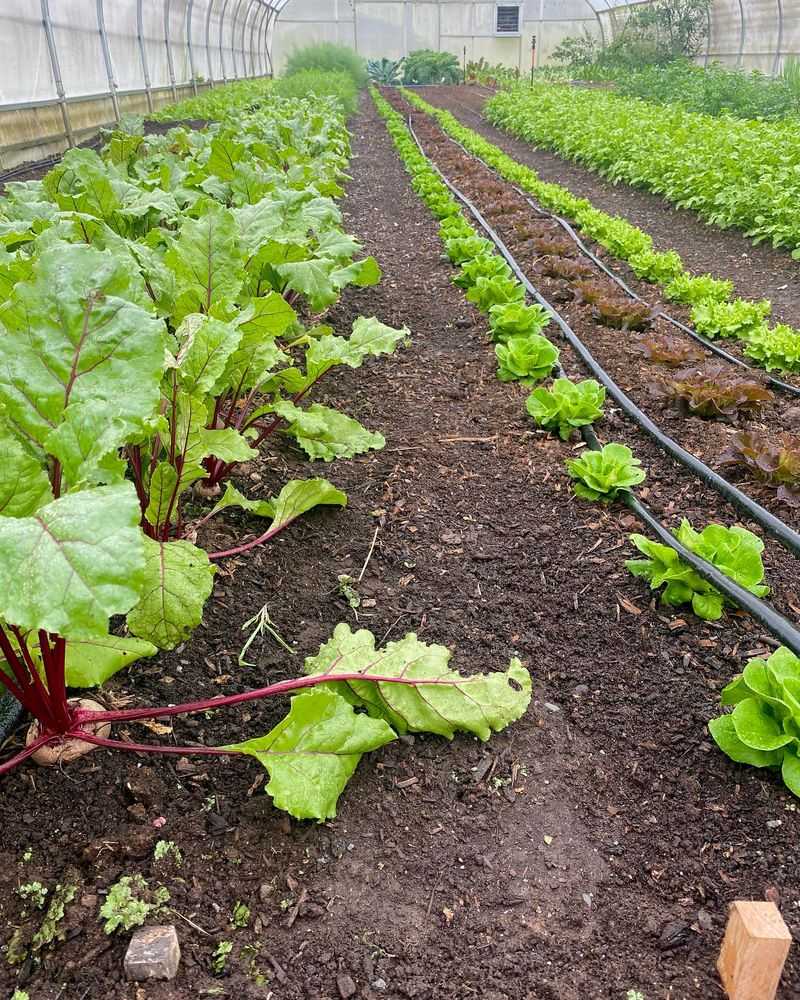
Address boron deficiency, a common issue for beets, by mixing one tablespoon of borax with one gallon of water. Apply this solution to 100 square feet of beet rows just once during the growing season.
Watch for signs of boron deficiency like stunted growth and black spots inside roots. Healthy beets with sufficient boron develop sweet, tender flesh and vibrant color without the characteristic black rings.
6. Companion Planting Strategy
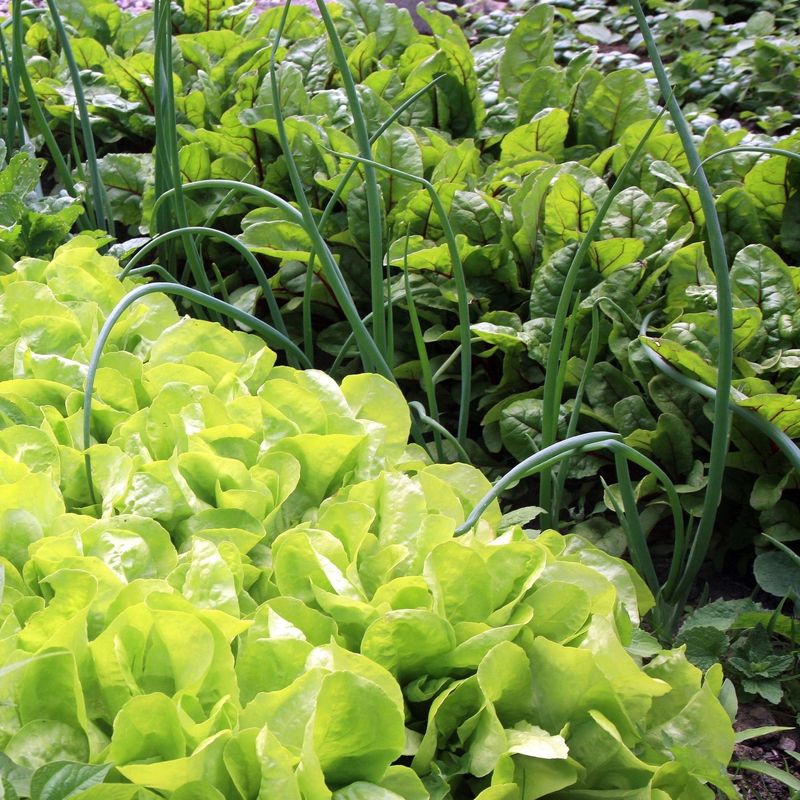
Plant beets near onions, garlic, or mint to naturally repel pests like leaf miners and aphids. These aromatic companions confuse insects with their strong scents while maximizing garden space.
Avoid planting near pole beans or mustard, as these can inhibit beet growth. Lettuce makes an excellent companion too, providing shade for beet roots while utilizing the space above the soil.
7. Midseason Fertilizing
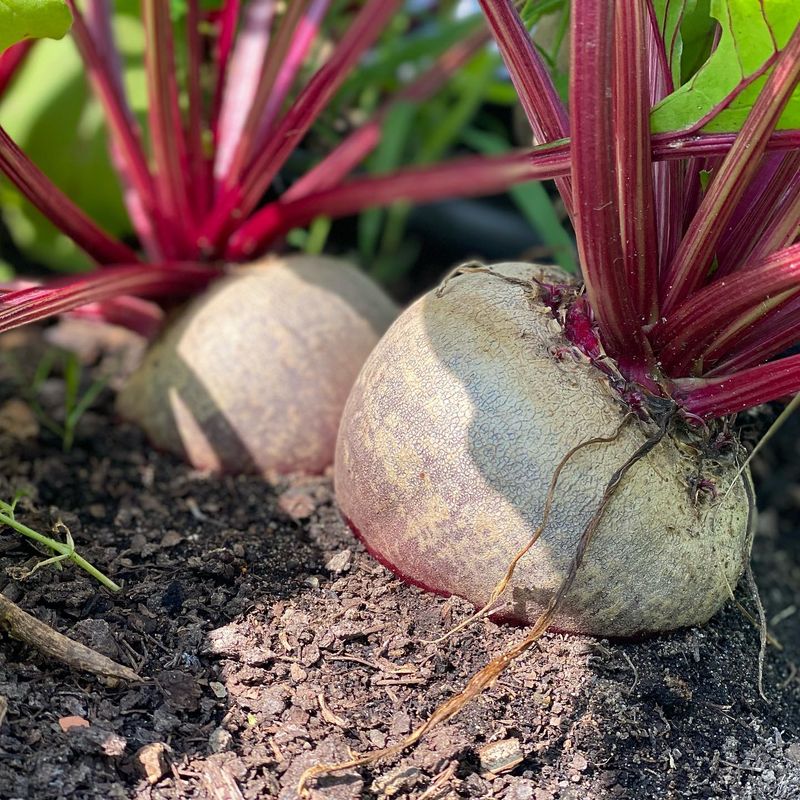
Apply a nitrogen-light, phosphorus-rich fertilizer when beets reach about 4 inches tall. Look for formulations with NPK ratios like 5-10-10, which promote root development without excessive leaf growth.
Side-dress by creating a shallow furrow 3 inches from the plants and sprinkling fertilizer lightly. Cover with soil and water thoroughly to help nutrients reach the roots where they’re needed most.
8. Succession Planting Method
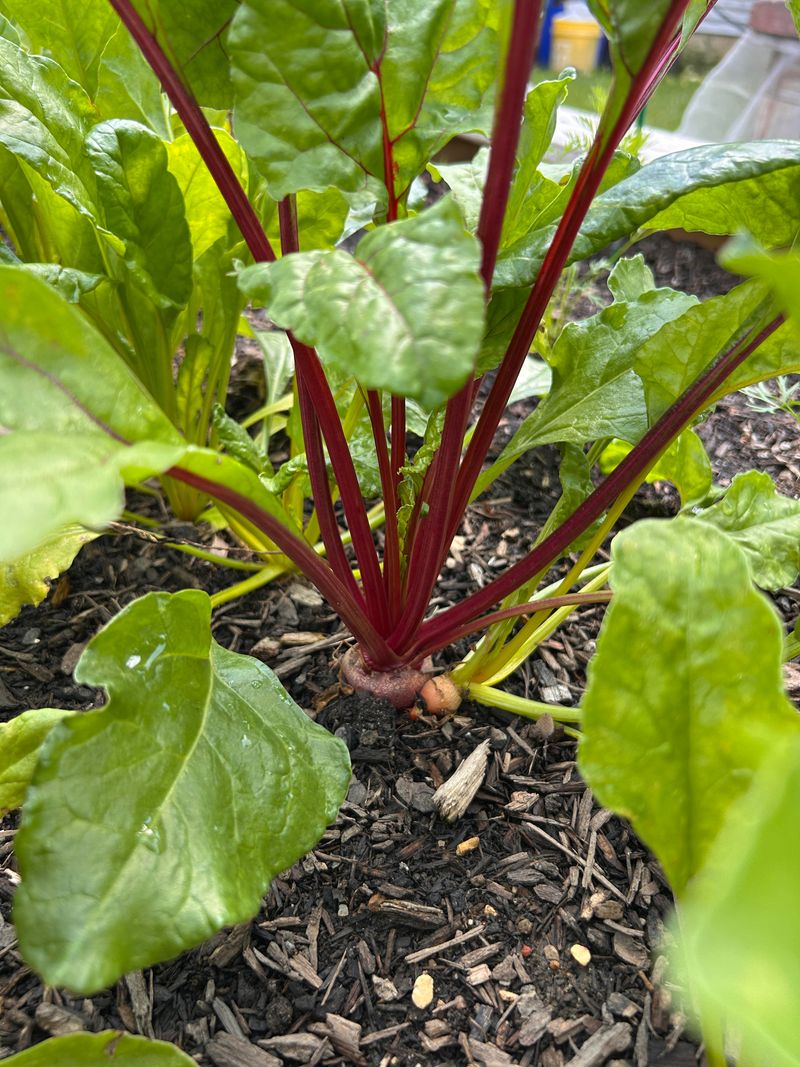
Sow new beet seeds every 2-3 weeks from early spring through midsummer for a continuous harvest. This approach ensures you’ll have fresh beets throughout the growing season rather than one large harvest.
For fall crops, plant 8-10 weeks before the first expected frost. Cool autumn temperatures actually improve beet flavor by encouraging sugar production, making late-season beets exceptionally sweet and delicious.
9. Protective Mulching Layer
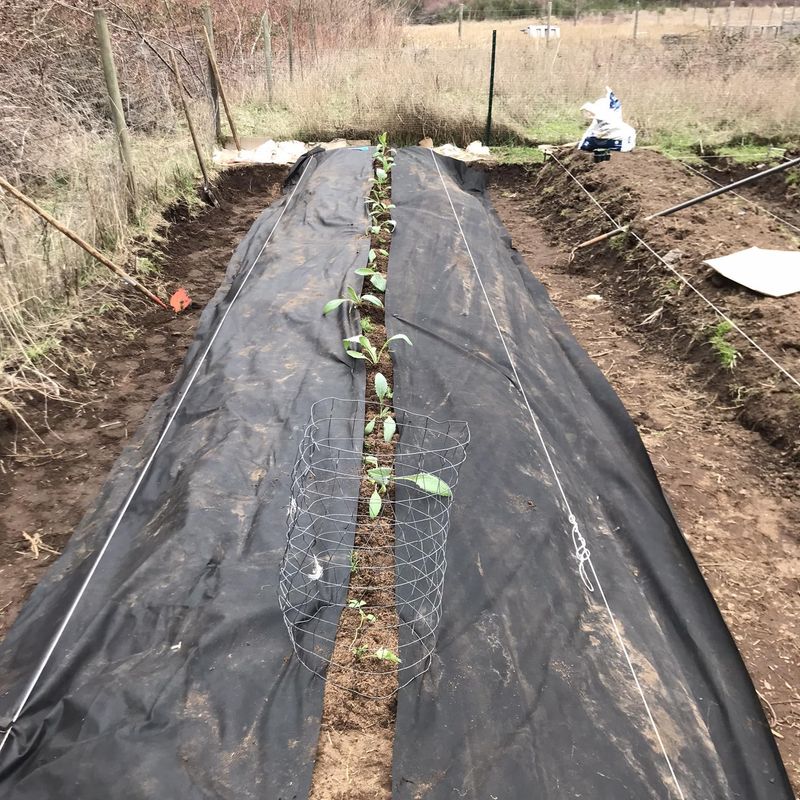
Apply a 2-inch layer of straw, shredded leaves, or grass clippings around beet plants once they’re established. This protective barrier prevents soil from splashing onto leaves during rain, reducing disease problems.
Mulch also moderates soil temperature, keeping roots cooler in summer heat. As organic mulches break down, they add valuable nutrients to the soil, improving your beet patch for future plantings.
10. Harvest Timing Secrets
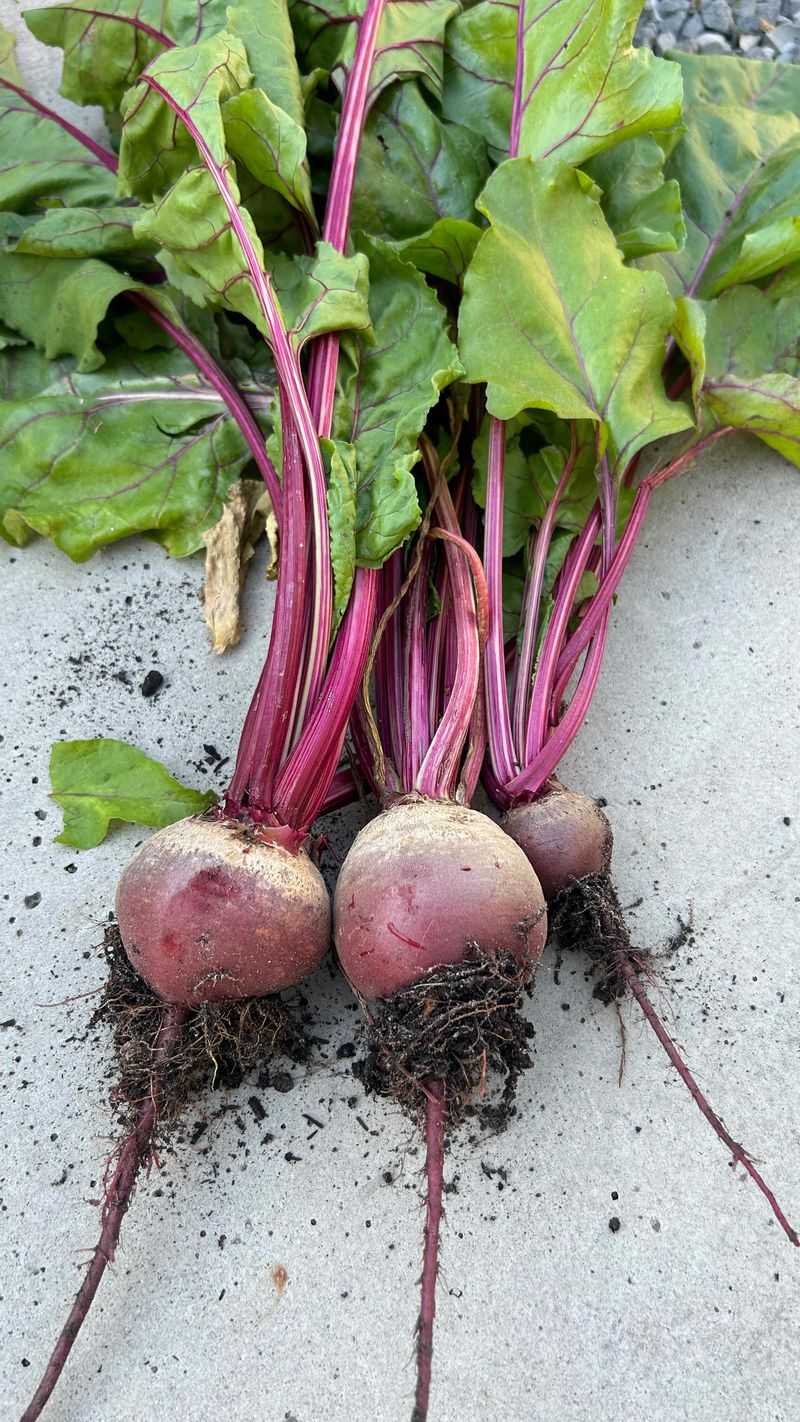
Pull beets when they reach 1.5-3 inches in diameter for optimal tenderness and flavor. Oversized beets become woody and less sweet, so don’t wait too long hoping for bigger yields.
Harvest in the morning when plants are fully hydrated for maximum freshness. Leave an inch of stem attached when cutting off greens to prevent bleeding, which preserves color and nutrients until you’re ready to cook.
11. Pest Monitoring Routine
Keep an eye out for common beet pests like leaf miners, aphids, and flea beetles. Early detection makes it much easier to manage infestations before they damage roots or stunt growth.
Inspect the undersides of leaves regularly and remove any affected foliage promptly. Introducing beneficial insects, such as ladybugs or lacewings, can naturally control pest populations while reducing the need for chemical treatments.

